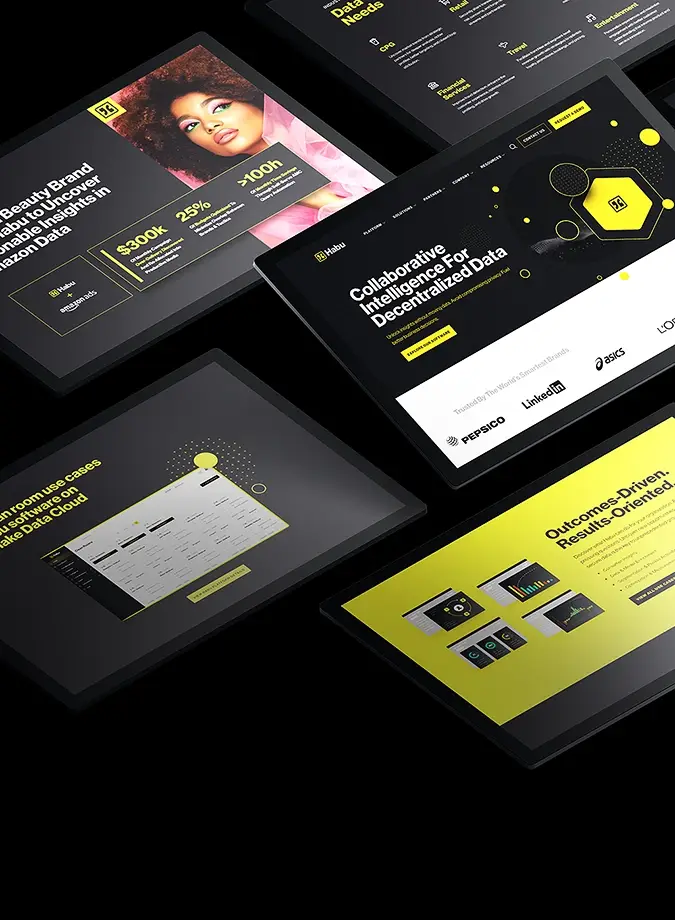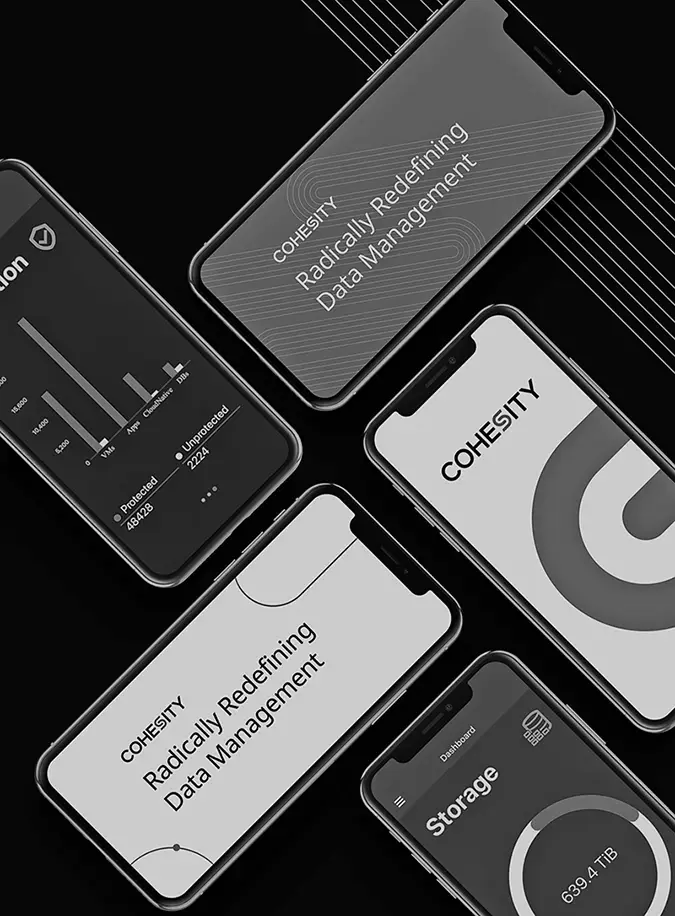20+ years of success
Results-driven websites and digital brand experiences.
Build and accelerate your website, brand, and digital marketing success with our award-winning digital agency, rooted in Silicon Valley innovation. We provide expert strategic and data-informed solutions that drive real-world results.
Highly collaborative approach
We build lasting relationships that deliver valuable outcomes over the long term.
Collaborative processFocused on B2B performance
We connect digital strategy to your B2B business goals to solve complex problems.
B2B strategyExcellence in every discipline
As designers, engineers, and storytellers, we deliver award-winning experiences.
Exceptional experiencesOur services
- FoundationStrategic Branding & Positioning
- ExpressionDigital Experiences & Creative
- IntegrationTechnology Infrastructure & Support
Our services
Strategic Branding & Positioning
Solidify your foundation
Our strategic branding & positioning services set the stage for success.
Digital Experiences & Creative
Bring your brand to life
We deliver impactful digital experiences and outstanding creative that drives engagement.
Technology Infrastructure & Support
Optimize your technology
We help you implement the right technology infrastructure and provide ongoing support.
Big ideas and bold thinking.
We have insights and expertise to share. See what’s happening in the industry.
Featured in:







































